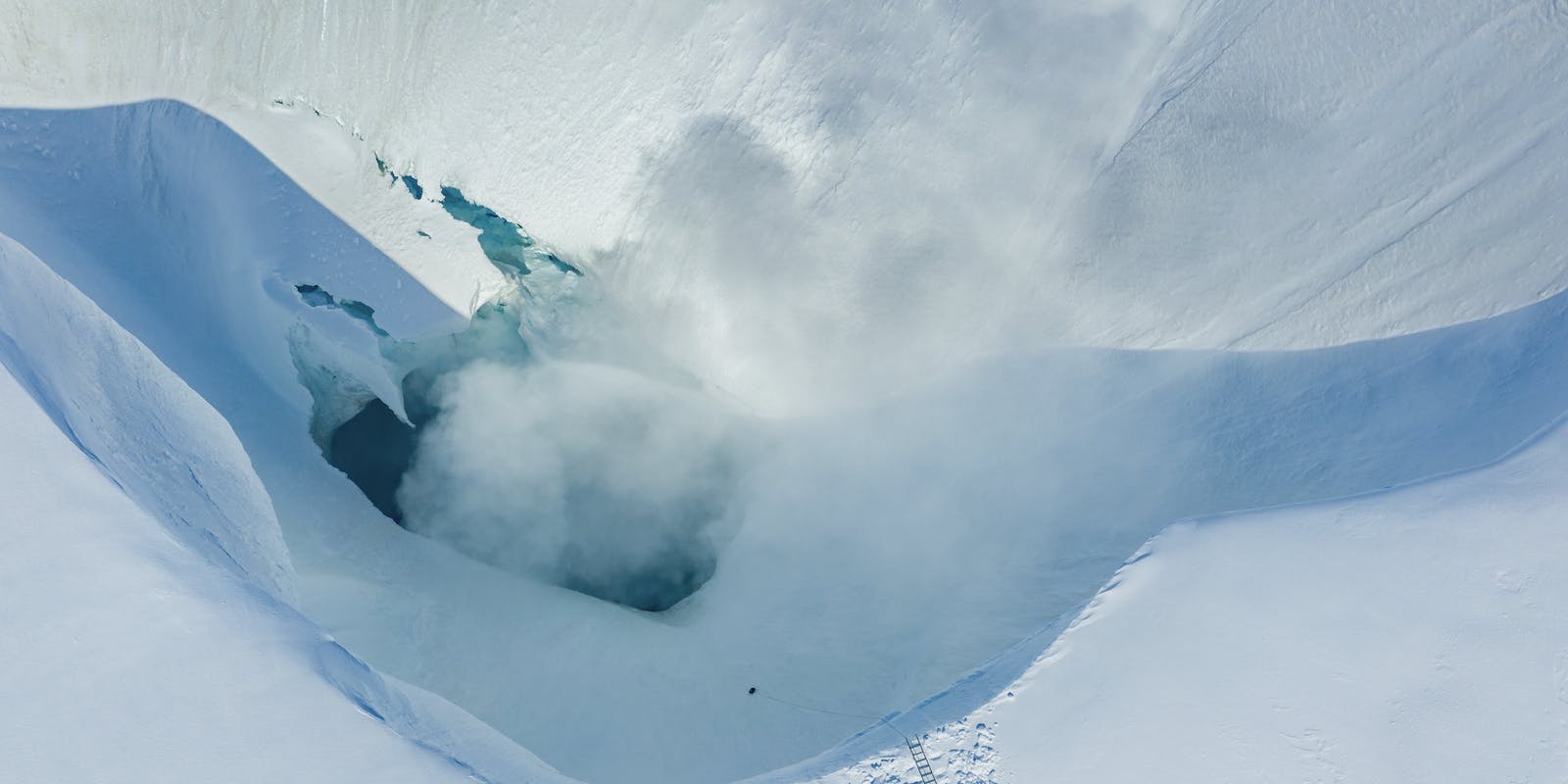
Guide to Bárðarbunga Volcano
Bárðarbunga volcano lurks beneath the mighty ice cap of Vatnajökull, the largest glacier in Europe. It lies in the remote and uninhabited highlands in the centre of Iceland, and last erupted in 2014-2015.
Indeed, Bárðarbunga is one of Iceland's largest and most active volcanoes. It has a summit elevation of 2,009 metres above sea level. The volcano is known for its massive subglacial caldera, which measures approximately 70 square kilometres and is buried beneath the ice cap.
What Type of Volcano is Bárðarbunga?
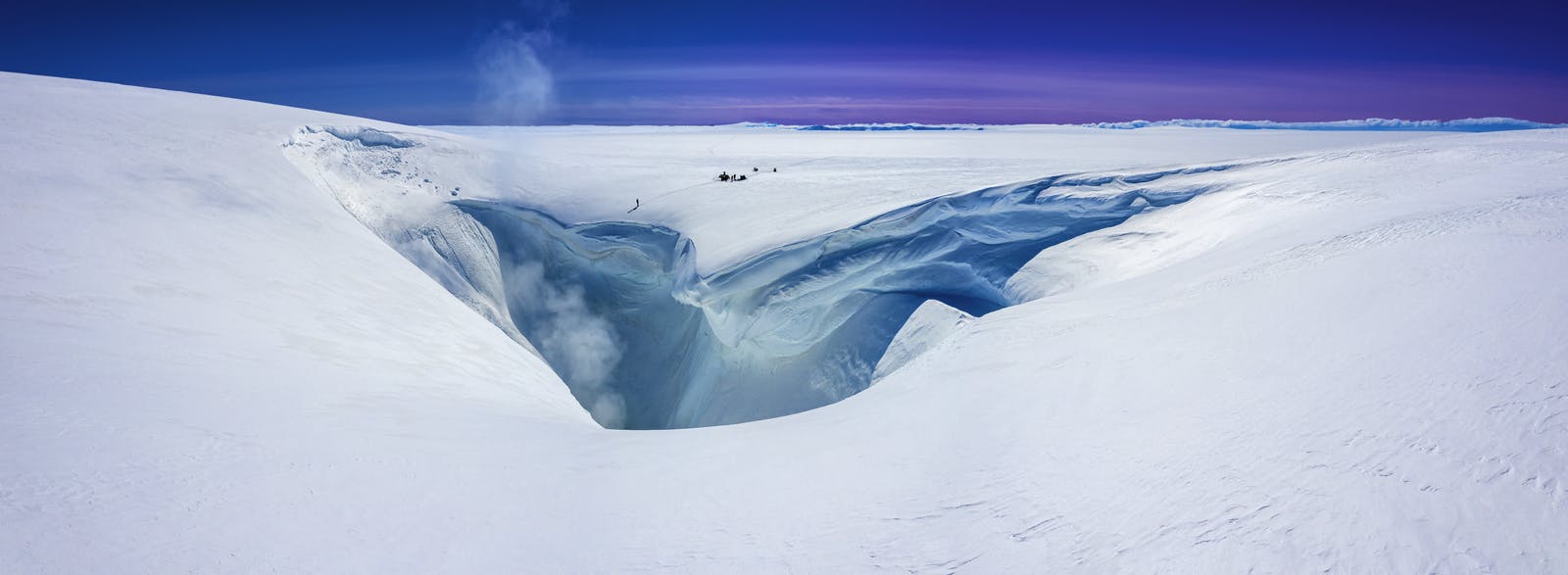
Bárðarbunga is a central volcano of great geological significance. Its eruptions have contributed to forming the vast sweeping lava fields in the area, including the Holuhraun lava field. The volcano's activity also shapes the surrounding landscape and influences the glacial and hydrological systems in the desolate highlands.
Where is Bárðarbunga Located?
Bárðarbunga is located in the centre of Iceland, in the remote highlands, beneath the Vatnajökull glacier. It rests within the perimeters of Vatnajökull National Park, which covers a large area of Iceland's southeastern region. The volcano is part of the volcanic system known as the Bárðarbunga volcanic system, which includes several interconnected volcanic fissures and individual volcanoes.The Formation of Barðarbunga

The Formation of Bárðarbunga?
Bárðarbunga is situated on the Mid-Atlantic Ridge, where the North American and Eurasian tectonic plates diverge. This divergence allows magma from the mantle to rise, leading to volcanic activity. Amplifying this activity is a mantle plume or hotspot beneath central Iceland, causing an upsurge of abnormally hot rock from the mantle, resulting in even more magma production and intensified volcanic eruptions. The large volcanoes Bárðarbunga and Grímsvötn are located near to the center of the hot spot.
Over time, repeated eruptions in specific areas like Bárðarbunga led to the formation of central volcanoes, large structures with intricate magma chamber systems. Surrounding these central volcanoes are fissure swarms, linear zones where the crust is pulled apart, facilitating numerous eruptions.
Bárðarbunga's unique position under Vatnajökull, Europe's largest glacier, adds another dimension to its eruptions. Subglacial eruptions can cause rapid ice melt, leading to massive floods known as jökulhlaups, showcasing the intricate relationship between Iceland's volcanic and glacial landscapes.
When Has Bárðarbunga Erupted Throughout History?
Bárðarbunga has a history of explosive eruptions and effusive lava flows. The most recent eruption occurred in 2014-2015 just north of the glacier, the Holuhraun eruption. It produced extensive lava flows and created a new lava field, making it one of the largest eruptions in Iceland in recent history. It previously erupted in 1910.
How to Get to Bárðarbunga
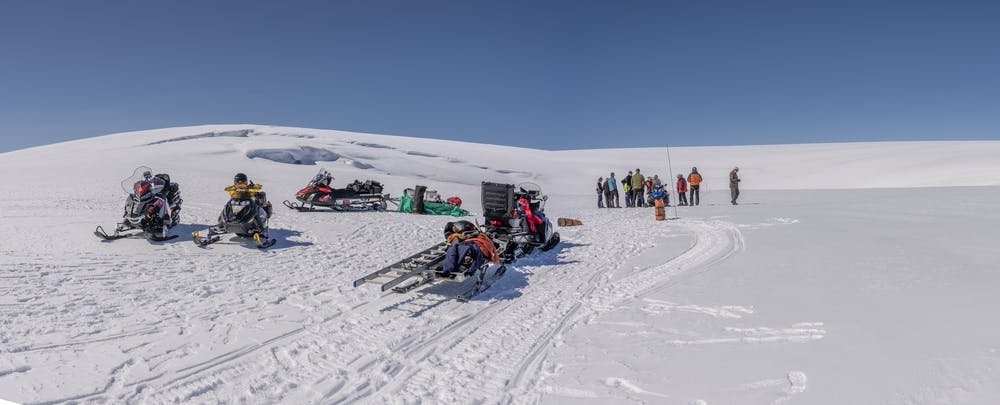
Due to its remote location in the highlands and rugged terrain, reaching Bárðarbunga volcano directly is difficult for visitors. However, some companies offer scenic flights over the Vatnajökull glacier, allowing travellers to observe the volcano from the air, providing a unique perspective on its immense size and glacial setting.
Is Bárðarbunga Volcano Active?
Bárðarbunga is considered an active volcano, one of the most active in Iceland after Grímsvötn, Katla and Hekla ; however, there are no indications that it will erupt in the near future. Local scientists constantly monitor the volcano systems throughout Iceland, and there are usually episodes of earthquakes giving warnings of an eruption. Monitoring systems include seismic monitoring, GPS, gas, and satellite observations to track any changes in volcanic activity and assess potential hazards.
Volcano Monitoring and Preparedness
The Icelandic Meteorological Office (IMO) is pivotal in monitoring all of Iceland's active volcanoes, including Bárðarbunga. With a network of seismometers, GPS stations, and other monitoring equipment spread across the country, the IMO keeps a vigilant eye on any signs of volcanic unrest.
Experience a Volcano at Perlan in Reykjavík
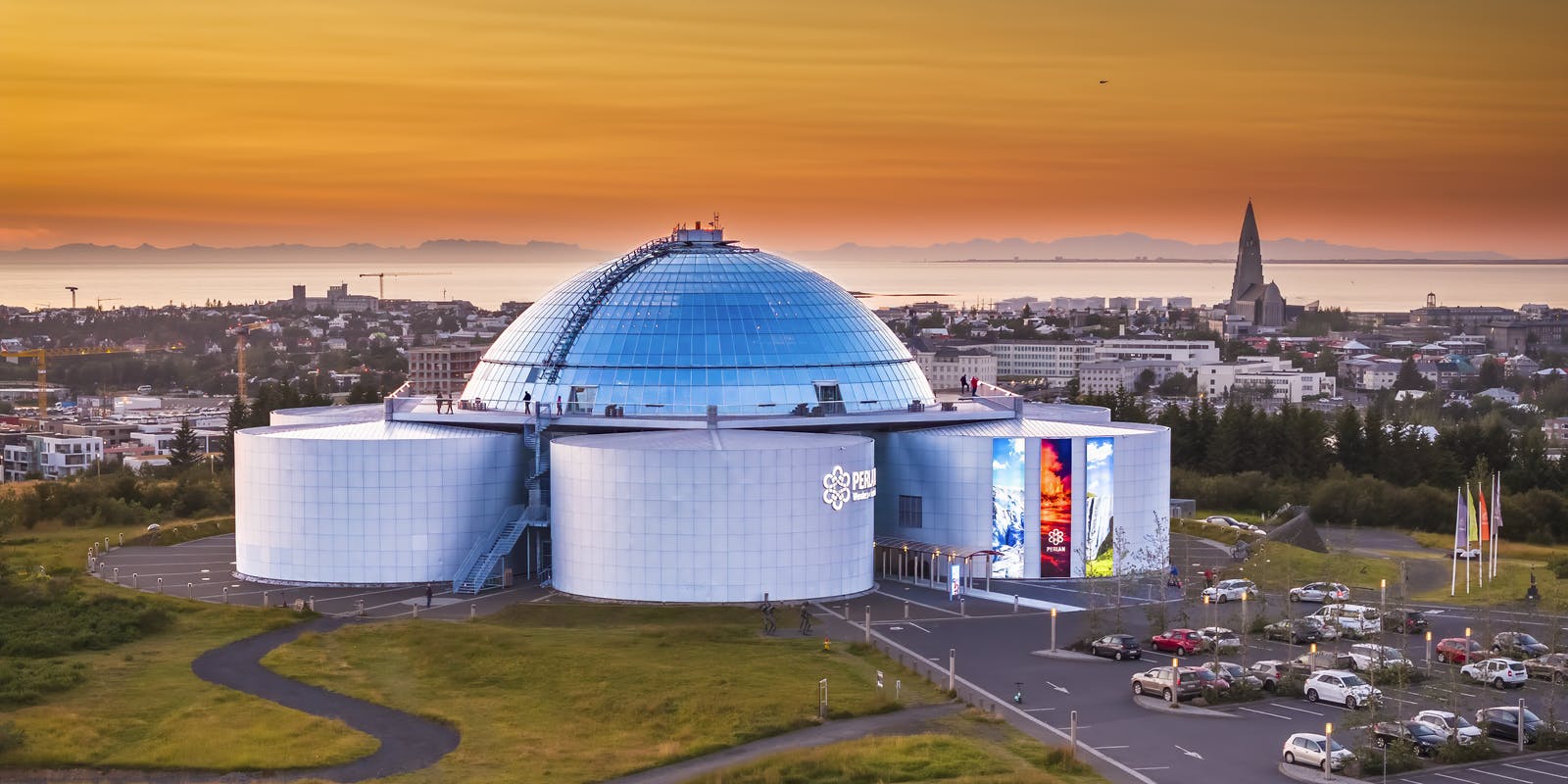
Perlan's Forces of Nature exhibition allows guests to feel the immense power of volcanoes, earthquakes, and geothermal energy that powers the island. In the heart of Reykjavík, guests can learn about the volcanoes that form when heat and pressure build up beneath the earth's surface.
The earth's weak points tend to be along fault lines where tectonic plates converge or diverge, as in Iceland's case. The exhibition is a unique, family-friendly museum experience that entertains and informs.
FAQ
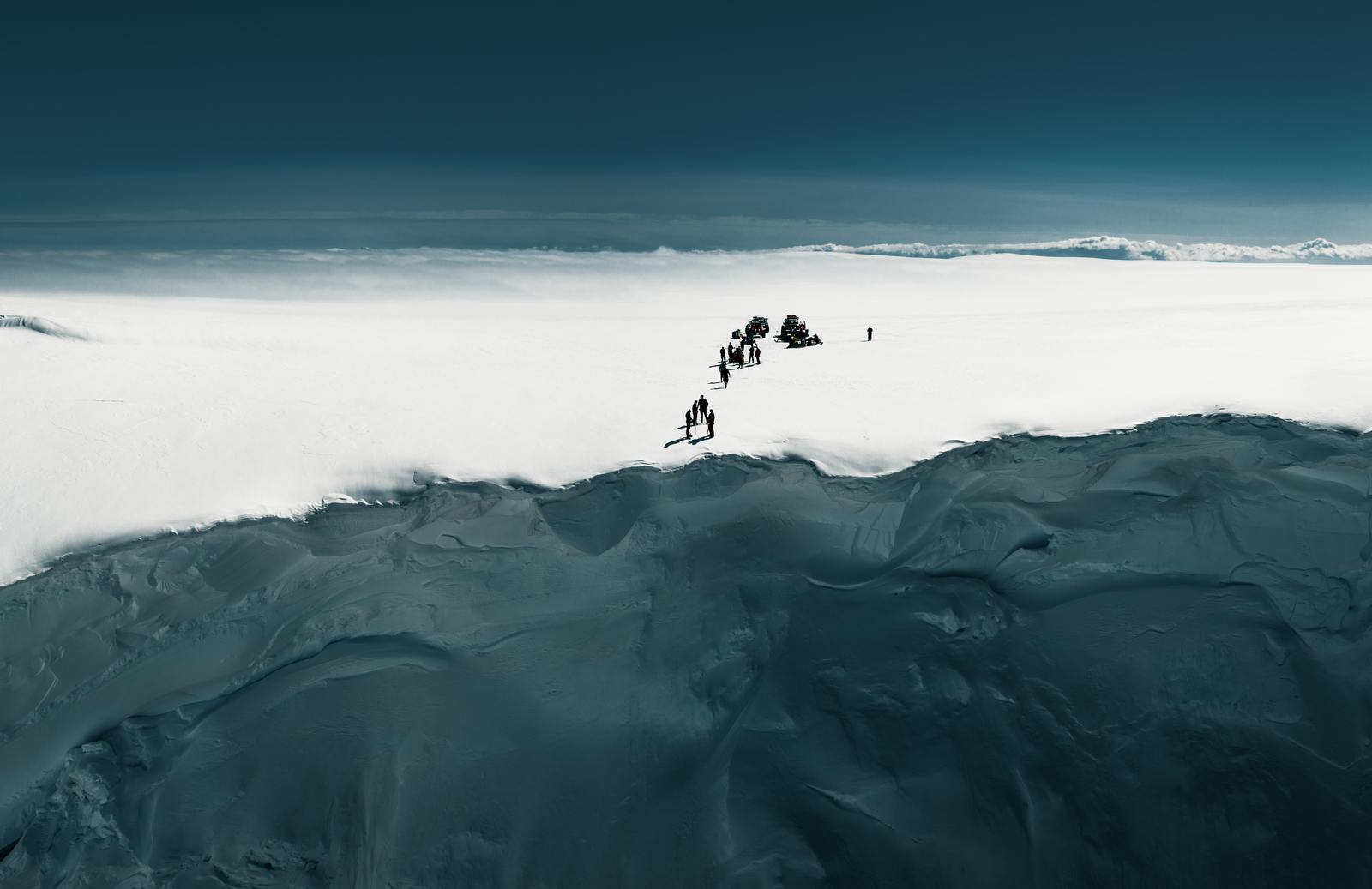
What would happen if the Bárðarbunga volcano erupted?
If Bárðarbunga erupted, the airspace around the volcano would be closed, and any individuals close to the region would be evacuated. However, given that it is located in a remote slice of Iceland, there are no nearby settlements. An eruption is unlikely to be a surprise given that geologists monitor the active volcano systems in Iceland, and there would be warnings of an imminent eruption.
Is Bárðarbunga safe to visit?
Bárðarbunga is in the remote highlands of Iceland and is not considered a major tourist attraction. Hiking enthusiasts may get close to the volcano during extensive highland treks, but these are not high numbers. However, Bárðarbunga volcano is safe to visit as the Icelandic Meteorological Office closely monitors it. It's essential to prioritise safety and follow the guidance of local authorities regarding access to and around the volcano.
Popular articles

Reykjanes Volcanoes Overview
Enjoy a complete overview of the Reykjanes Volcanoes from 2021-2024. Learn about its geology, recent activity, and visitor tips for a safe, memorable experience.

Reykjanes Peninsula Volcanoes: Sundhnúksgígar Eruptions
The anticipated volcano has erupted in the Reykjanes Peninsula, the site is being called Sundhnúkagígar. See the historic insights on the seismic activity and volcanic eruptions.

Earthquakes in Iceland
Earthquakes in Iceland are a fact of life. Each year, hundreds of small tremors shake the earth, a reminder of the country’s position on a tectonic plate boundary.

Volcano Museums and Exhibitions in Iceland
If you don't manage to visit an actively erupting volcano in Iceland - Experience its force at one of these excellent volcano museums and exhibitions in Iceland.

Top 10 Places To See the Northern Lights in Iceland
You can see the northern lights across the country, but some spots are more suitable than others. Find the best place to see the northern lights in Iceland.

Ice Caves From Reykjavik
Travel beyond the capital for a closer look at an ice cave under one of Iceland’s glaciers. If you can’t spare the time, experience Perlan’s ice cave in Reykjavik.